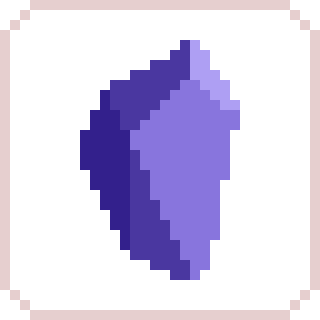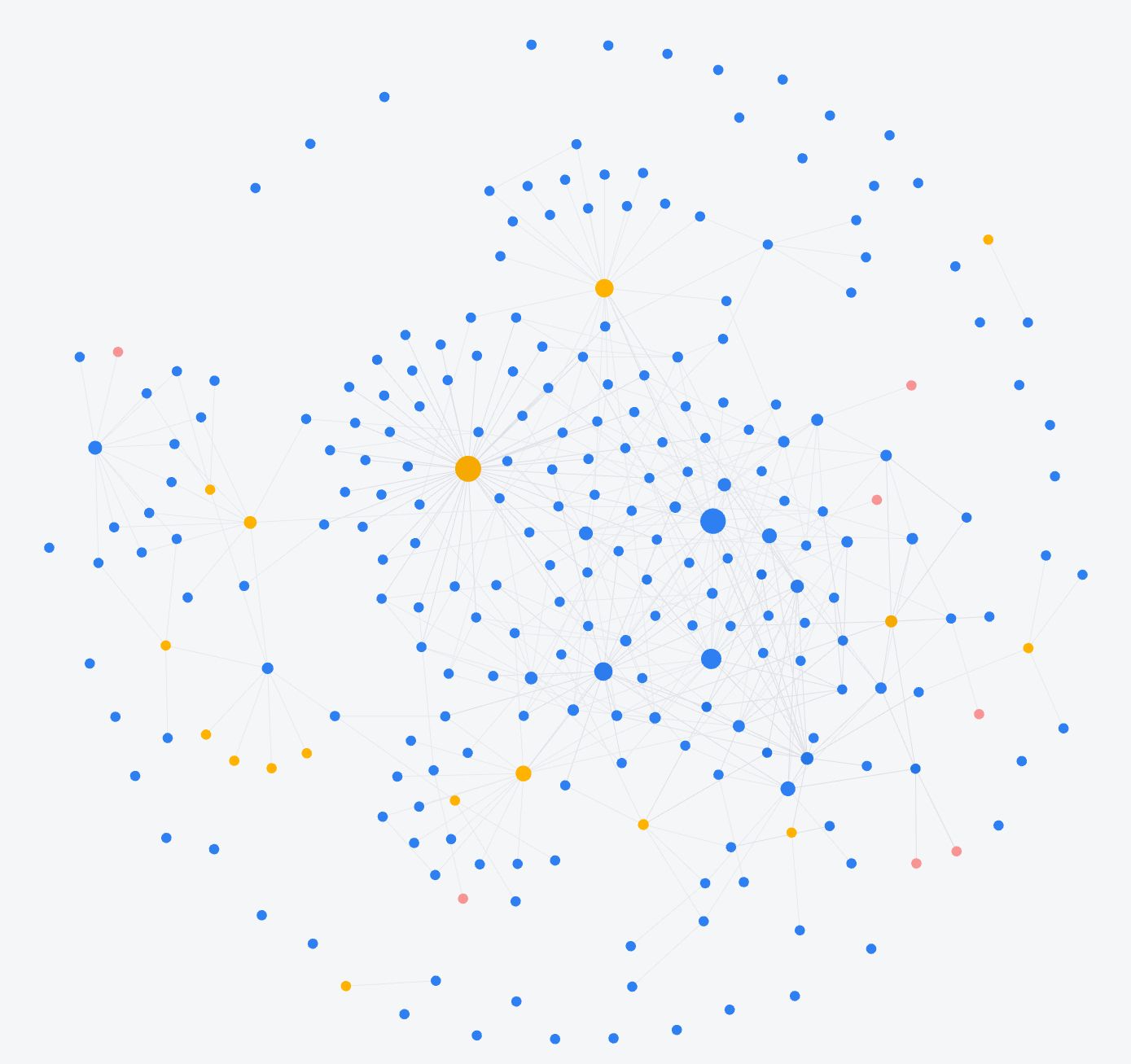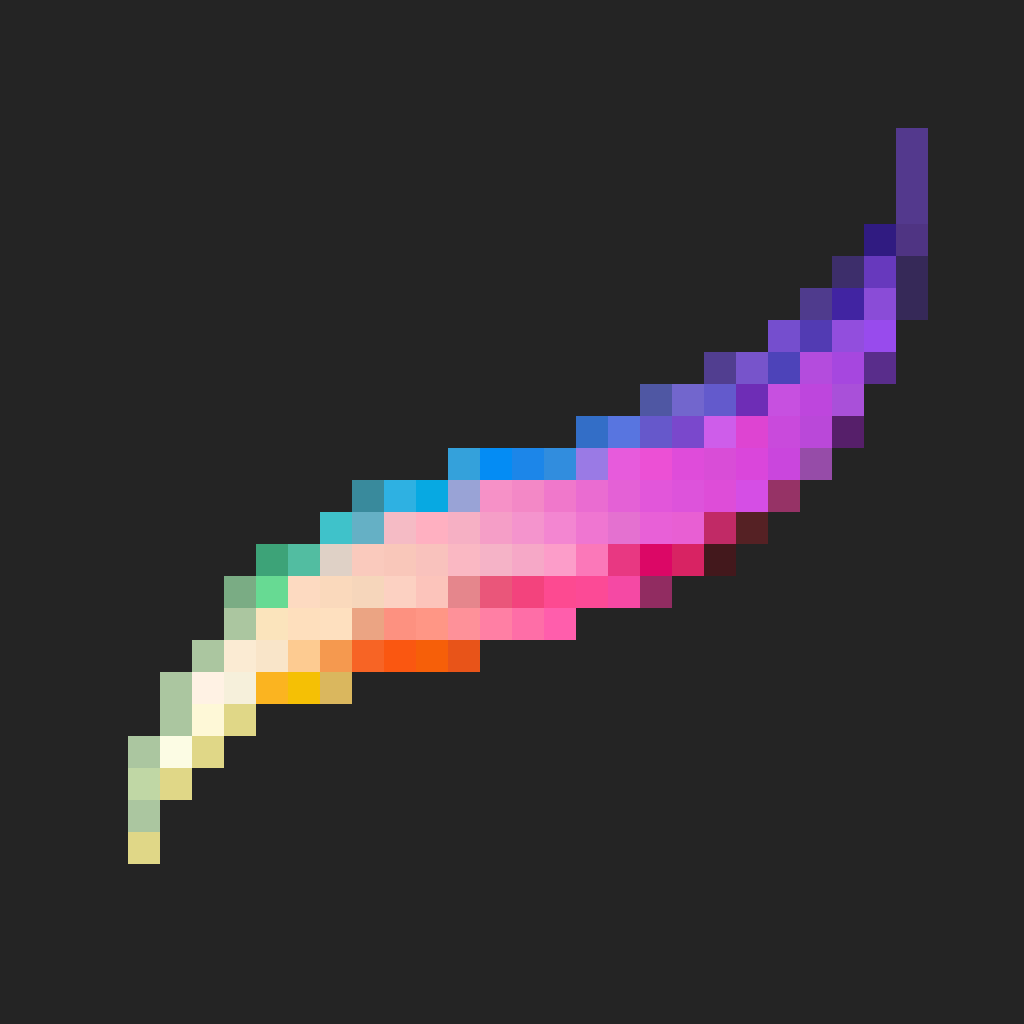What I Like About Obsidian

Obsidian is a powerful knowledge management tool built on top of a system of Markdown files located on your computer. No 3rd party server here! Obsidian has become my go to note taking / writing tool over the past year, and here are some of the many reasons why:
Local Markdown Files
As already mentioned, Obsidian utilizes Markdown files located on your computer for each and every note. This makes Obsidian one of the most secure note taking apps because your notes don’t get sent over the internet. And since Markdown is just plain text you’re not getting locked into a company’s proprietary data format. You can open your notes in any app that supports Markdown files. This helps to future proof your notes in the event that Obsidian suddenly goes away (hopefully that doesn’t happen, but you’re safe if it does).
If you do want to have your notes available on multiple devices, there are options available such as Obsidian’s paid sync service, iCloud (if you’re in the Apple ecosystem), or pushing to a Git repository.
Joyful Writing Experience
I’ve never had a note taking app that felt so good to write in. I can’t even put my finger on why that is. From the moment I started writing in Obsidian the words flowed like they never have before, and I’ve been writing in it every day since. This joyful feeling has made it possible for me to consistently write and publish content, first on my old site Productivity Dudes, then here on CreaDev Labs. I don’t fully understand why it feels so good, but I’m grateful it does. I wouldn’t be able to produce the volume of content I’ve been creating without it.
Customizability
Obsidian is incredibly flexible and customizable. The core settings and plugins you get out of the box give you a multitude of options for setting up the app in the way that works best for you. And there is a giant catalogue of different community themes and plugins that extend the base functionality, so there’s virtually no end to what you can do. If you can’t find an existing plugin to add the functionality you want, you can even whip up a plugin or two of your own (if you’ve got patience and some development skills).
Backlinking
One of the main organizational tools in Obsidian is something called a backlink. Backlinks allow you to link your various notes together, which creates connections between your ideas and helps you to develop new insights. The backlinks panel will show you all the notes that link to your current note, and will even show you notes where you’ve mentioned the current note but haven’t explicitly linked to it yet. This is useful for seeing connections between ideas you hadn’t thought of before.
The Graph View
Building on the topic of backlinking, Obsidian gives you a visual representation of all the connections you make between your notes. You can see the graph on a per note basis, or you can view the entirety of your notes all at once. It’s fun to see the web of interconnected thoughts and ideas, but it can be a bit overwhelming. Luckily, the graph comes with filters so you can narrow down the number of notes you see at a time.

External Linking
Obsidian gives you the ability to create a link to a singular note so you can link to it from an external app. I use this to link to project notes from my task manager Things 3.
Obsidian truly is an amazing note taking and personal knowledge management app, and it’s completely free to use. You can give it a try yourself by downloading it at https://obsidian.md.






Member discussion